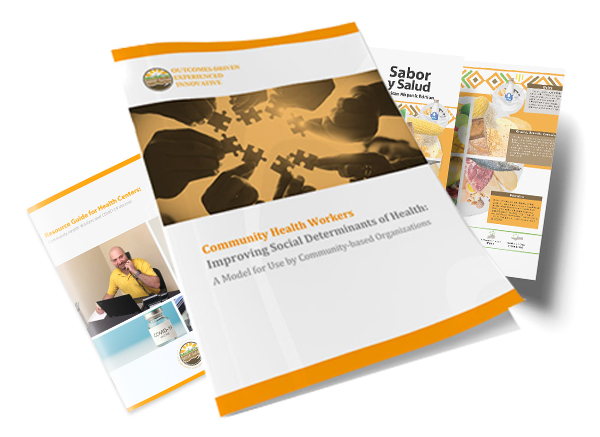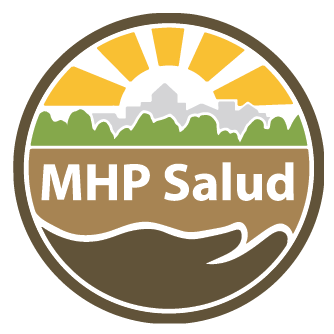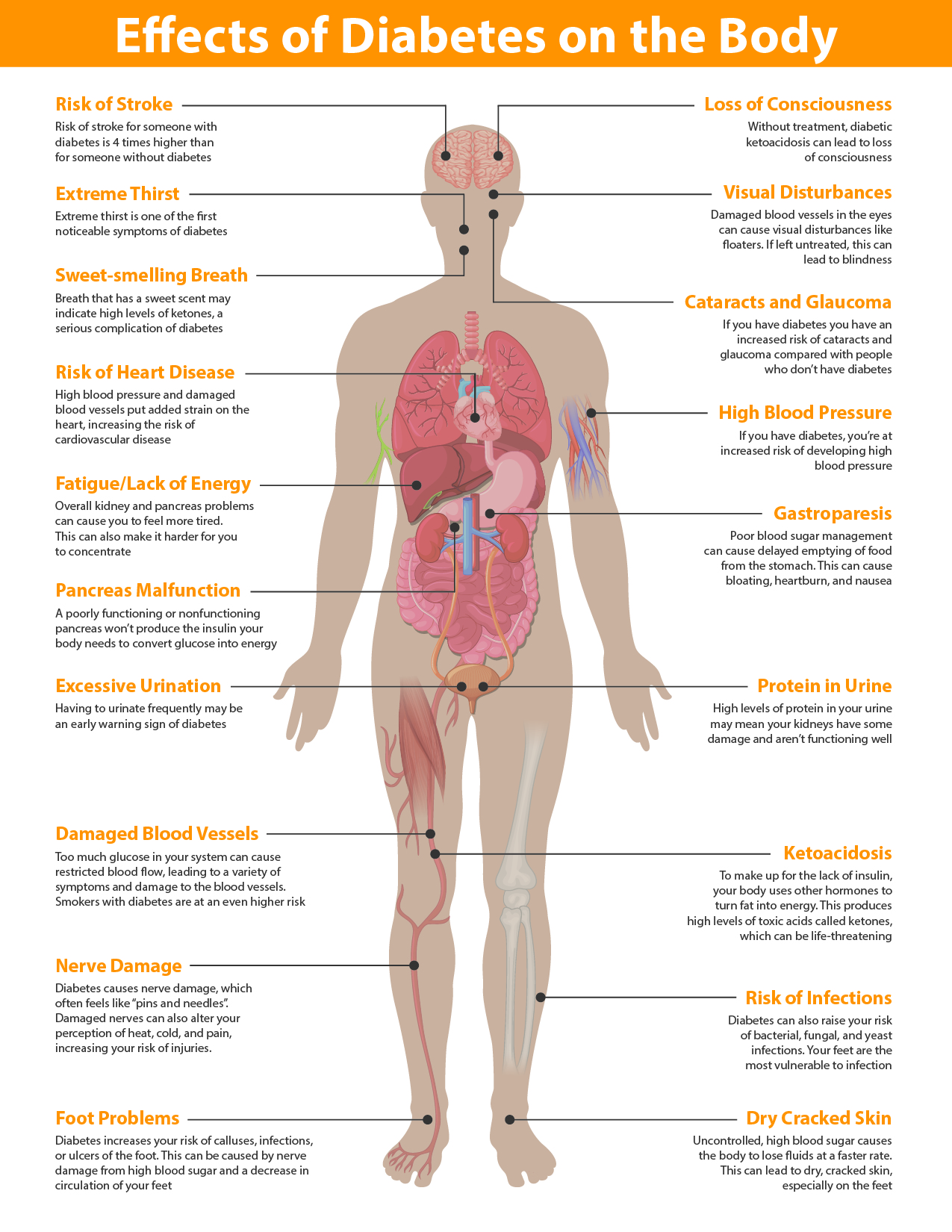Diabetes Control Education and Management
Published June 2022 | Back to all news and updates.
Diabetes mellitus, or la azucar, as many in the MSAW community refer to it, affects more than 34.2 million Americans. It is the 8th-ranked cause of death in the U.S. as per the Centers for Disease Control and Prevention (CDC). For the second straight year (2020 & 2021), the U.S. saw deaths from diabetes top 100,000 Americans per year.1 Diabetes has been named the “silent killer” since symptoms can take years to emerge.2
The root cause of developing diabetes depends on the type. In general, diabetes affects how your body processes sugar (glucose), leading to build-ups in your bloodstream, which can potentially cause health complications.3 The four most common types of diabetes are pre-diabetes, type 1, type 2, and gestational.
Costs of diabetes
According to the CDC and the American Diabetes Association (ADA), the estimated economic cost of diagnosed diabetes for 2017 was $327 billion! This was a 26% increase from the previous estimate done in 2012 ($245 billion). The increase can be attributed to the rise in hospital inpatient care due to diabetes complications, prescription medication to treat complications of diabetes, anti-diabetic agents and supplies, and physician office visits. The average medical expenditure for individuals who have diabetes is $16,752 per year. 4,5
How does diabetes affect the body?
The accumulation of sugar in the bloodstream over long periods will harm the body. In previous blogs, we discussed how diabetes affects the eye, oral health, and feet and nerves; the effects of diabetes go further than these. Inadequate diabetes care significantly raises the risk of developing heart/blood vessel disease and skin conditions, slows down the body’s ability to heal itself, and has been linked with hearing impairment, kidney failure, nerve damage, limb amputation, mental health, and worst of all, death. 6,7,8
CHWs and their work in addressing diabetes
A proven strategy to combat the rise in diabetes cases and help promote the prevention and management of diabetes among the MSAW community and other vulnerable populations is the integration of the CHW into the medical team/project/program. CHWs act as a bridge between the gap found in health care services and those in need. CHWs are from the community, giving them a unique understanding of the health inequities their communities experience. It is not enough for the individual to exercise and manage what they consume, other factors which act as barriers to health, come into play. These individuals face barriers such as lack of representation, uninsured/underinsured, social stigmas/beliefs, and social determinants of health.
Lack of representation
The MSAW community is predominantly Hispanic. As of 2019, the number of active doctors in the U.S. who identify as Hispanic, Latino, or of Spanish origin was only 3.8% 9. This lack of representation is a barrier for those who do not speak English as a first language. Studies show patients who trust their doctors are more likely to follow instructions and keep follow-up appointments 9. To build this trust, patients must be able to communicate with their physicians. CHWs can assist with clearing up questions and ensuring the medical team is aware of the patient’s needs and concerns.
Uninsured/underinsured
Health care services can be expensive; many find health care to be a luxury rather than a need. Some low-income families have the tough decision to make between paying for a month’s rent or using their money to buy medication and see the doctor. Many states do not offer medical coverage to farmworkers, and employers are not required to offer it either. For this reason and many others, MSAW workers find themselves uninsured/underinsured. 10 The CHW can assist with navigating the health care system and completing health insurance or benefits applications.
Social stigmas and community beliefs
Our beliefs and customs make up a big part of who we are and how we view the world. Being a “bit round” on the waist is seen as a healthy sign in the Hispanic community, while people are judged for being too “skinny.” Sometimes our community beliefs can also act as a barrier. When caught between helping one’s family or themselves, individuals in the MSAW community will put others’ needs ahead of their own. This is known as familismo.11 Members of this community also may believe in fatalismo. Fatalismo is a widespread attitude that regards death as inevitable and efforts to improve one’s health as futile. Ultimately, this leads to poorly controlled diabetes, increased health care spending, greater suffering, and premature death.12 CHWs are trusted members of the community; they can help break down stereotypes and communicate in a culturally appropriate manner.
Social determinants of health
For diabetes prevention and management, a great emphasis is placed on the individual’s lifestyle choices (diet, exercise, weight, etc.). This has changed with the acceptance of social determinants of health (SDOH). SDOH are conditions in the places where people live, learn, work, and play that affect a wide range of health and quality-of life-risks and outcomes.13 Depending on where we live, health can be adversely impacted by the high rate of violent crimes, poor air or water quality, noise, substandard housing quality, lack of access to playgrounds, gyms, or grocery stores in the community.14 It is considered that SDOH factors play 80 – 90 % of the individual’s health outcome.15 They are made up of five different categories: social-economic status (education, income, occupation); neighborhood and physical environment (housing, built environment, toxic environmental exposures); food environment (food insecurity, food access); health care (access, affordability, quality); and social context (social cohesion, social capital, social support).16 CHWs can make resources available to the community to help overcome barriers to health.
Educating patients about the risk of diabetes and adequately managing it will lead to a healthier life. People are more likely to seek help when they know the dangers and better understand their disease. If treated in timely manner, diabetes can be effectively managed, allowing for a longer lifespan.
Providing Diabetes Control Education and Management Guide
This resource provides educational prevention tools that CHWs can use and share with MSAWs and other vulnerable populations to reduce diabetic health complications. There are several downloadable resources available to guide CHWs on risk factors and prevention methods for oral, eye, and foot health complications, which are commonly linked to diabetes. The guide can be download for free in English and Spanish at MHP Salud’s website.
The Providing Diabetes Control Education and Management tool guide was designed to provide CHWS with a tool that supports their encounters with the MSAW community in any setting. The tool’s straightforward layout helps the CHWs refer to key diabetes health topics at a glance and provides the clients an opportunity to learn about diabetic health concerns using simple visual and text examples provided in the inserts; It can serve as a dual educational tool (for the CHW as well as a reference tool for the client).
Monica Calderon
MHP Salud CHW Resource Specialist

Want to learn more about our diabetes prevention and management initiatives? Click here!
- https://www.reuters.com/world/us/exclusive-us-diabetes-deaths-top-100000-second-straight-year-federal-panel-urges-2022-01-31/
- https://quartzbenefits.com/2021/10/12/diabetes-the-silent-killer/
- https://www.mayoclinic.org/diseases-conditions/diabetes/multimedia/blood-sugar/vid-20084642#:~:text=When%20the%20glucose%20enters%20your,t%20get%20into%20your%20cells.
- https://www.diabetes.org/about-us/statistics/cost-diabetes
- https://www.cdc.gov/chronicdisease/programs-impact/pop/diabetes.htm
- https://www.goodrx.com/healthcare-access/patient-advocacy/true-cost-of-diabetes
- https://www.mayoclinic.org/diseases-conditions/type-2-diabetes/symptoms-causes/syc-20351193
- https://www.webmd.com/diabetes/story/the-invisible-damage-diabetes-does-to-your-body
- https://www.usatoday.com/story/news/health/2020/06/26/u-s-doctor-shortage-worsens-especially-black-and-latino-groups/3262561001/
- http://www.ncfh.org/facts-about-agricultural-workers.html
- https://www.psychologytoday.com/us/blog/life-in-the-intersection/201704/familismo
- https://healthsciences.utulsa.edu/fatalismo-diabetes-management/
- https://www.cdc.gov/socialdeterminants/index.htm
- https://carejourney.com/social-determinants-of-health/
- https://www.aafp.org/fpm/2018/0500/p3.html#:~:text=Consider%20that%2080%20percent%20to,a%20modifiable%20contributor%20to%20health.
- https://care.diabetesjournals.org/content/diacare/44/1/258.full-text.pdf
- https://www.healthline.com/health/diabetes/effects-on-body
This publication is supported by the Health Resources and Services Administration (HRSA) of the U.S. Department of Health and Human Services (HHS) as part of an award totaling $678,959.00 with 0 percentage financed with non-governmental sources. The contents are those of the author(s) and do not necessarily represent the official views of, nor an endorsement, by HRSA, HHS, or the U.S. Government. For more information, please visit www.HRSA.gov.
Blog Topics
Diabetes Symptoms on the Body17
(Click image to enlarge)
This resource provides educational tools that Community Health Workers (CHWs) can use and share with Migrant Seasonal Agricultural Workers and other vulnerable populations to reduce diabetic health complications in oral, eye, and foot health, which are commonly linked to diabetes.









